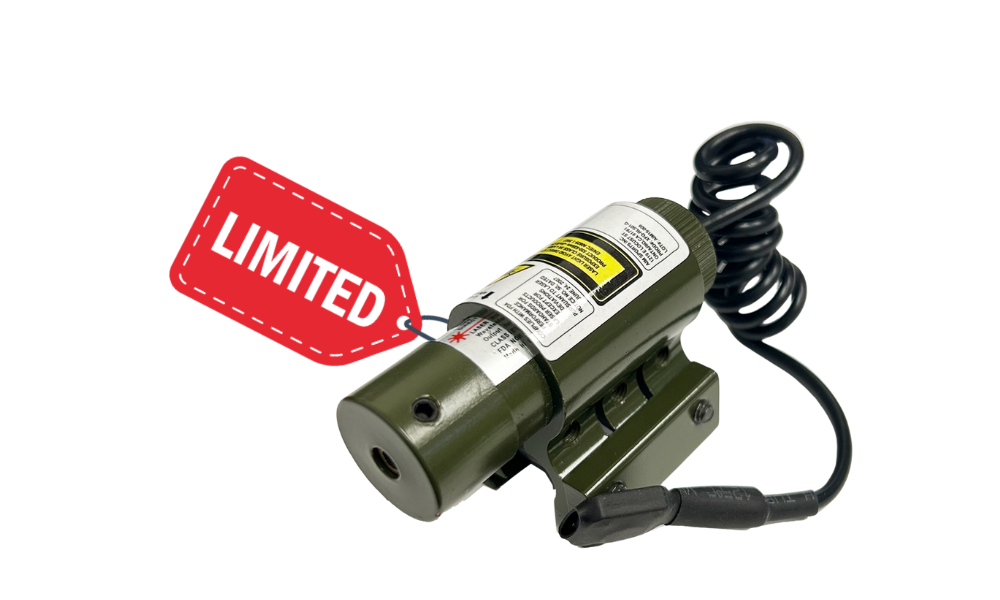Feb 25th 2025
Understanding the Bolt Carrier Group (BCG): A Key Component of Your Firearm
When it comes to firearms, especially AR-15 style rifles, many enthusiasts focus on high-performance optics, precision barrels, or upgraded triggers. However, one essential component often overlooked is the Bolt Carrier Group (BCG). The BCG plays a critical role in the operation and overall performance of your rifle. Whether you’re building your own AR-15 or upgrading an existing model, understanding the BCG and its function is crucial.
What is a Bolt Carrier Group (BCG)?
At its core, the Bolt Carrier Group is a combination of parts that work together to enable the firing sequence of an AR-15 or similar rifle. It consists of the bolt carrier, bolt, firing pin, cam pin, gas key, and other small components that interact with the rest of the firearm’s mechanism.
When you pull the trigger, the BCG is responsible for chambering a new round, igniting the primer, extracting the spent casing, and reloading the chamber with another round. It ensures that your rifle continues to cycle properly with every shot fired.
Why is the BCG So Important?
-
Reliability: The BCG ensures that the rifle functions reliably. A poorly built or dirty BCG can cause misfires, failure to eject, and jams. This is why it’s vital to maintain your BCG in good working condition and replace it with a quality part if necessary.
-
Accuracy: A properly functioning BCG helps to reduce the chances of malfunctions, which can affect the overall accuracy of your rifle. Any failure to properly cycle the round can cause the rifle to lose its zero or even experience a misfire.
-
Durability: High-quality BCGs are built to withstand extreme conditions. Whether you’re hunting in harsh environments or taking your rifle to the range for some heavy-duty practice, a robust BCG ensures your firearm’s longevity and performance.
Types of Bolt Carrier Groups
There are several variations of BCGs available, depending on the materials used and the design features. Here are the most common types:
-
Mil-Spec BCG: These BCGs are built to military specifications and are typically made from high-strength steel, often with a chrome-lined interior for durability and corrosion resistance. Mil-spec BCGs are a great choice for reliability and long-term use.
-
Nickel Boron BCG: This coating is highly resistant to corrosion and provides a smoother finish, making it easier to clean and maintain. Nickel Boron BCGs are popular for those who want a low-maintenance option that will function smoothly.
-
Phosphate BCG: Often referred to as a “Parkerized” BCG, these are coated with a layer of phosphate to improve durability and wear resistance. They offer excellent corrosion protection and are a great all-around option for standard use.
-
Stainless Steel BCG: Stainless steel BCGs are known for their corrosion resistance and smooth finish. However, they tend to be more expensive than standard BCGs and may not be as durable under heavy use.
How to Choose the Right BCG for Your AR-15
When selecting a Bolt Carrier Group, you’ll want to consider the following factors:
-
Material: Opt for a BCG made from high-quality steel or other durable materials. A full-melonite or chrome-lined BCG is ideal for longevity and reduced wear.
-
Coating: Depending on your preferences, a BCG with a coating like Nickel Boron or phosphate can offer easier maintenance or enhanced durability. Think about how much time you want to spend on upkeep.
-
Weight: Some shooters prefer a heavier BCG, while others prefer a lighter one to help reduce recoil or improve cycling speed. Make sure the BCG weight matches your intended use.
-
Price vs. Quality: While you might be tempted to opt for a budget-friendly BCG, it’s often worth investing in a higher-quality component. A reliable BCG can significantly impact the performance of your rifle, so it’s important to strike a balance between cost and quality.
Maintaining Your BCG
Regular maintenance is essential for keeping your Bolt Carrier Group running smoothly. Here are a few tips:
-
Cleaning: After every range session, clean the BCG to remove carbon buildup, dirt, and debris. A carbon scraper can help remove the toughest grime. Make sure to clean the gas key and bolt thoroughly.
-
Lubrication: Apply lubrication to the moving parts of the BCG. A light coat of oil or grease can help reduce friction and ensure smooth cycling. Be careful not to over-lubricate, as excess oil can attract dirt.
-
Inspection: Periodically inspect your BCG for signs of wear, cracks, or other damage. Look for any discoloration, unusual wear patterns, or chipped parts. If any issues are detected, replace the affected components.
Conclusion
The Bolt Carrier Group is an essential part of your firearm’s operation and performance. Whether you’re looking to build a custom rifle or upgrade an existing one, choosing a high-quality BCG can make all the difference in ensuring reliable, smooth, and accurate performance. Be sure to choose the right material and coating for your needs, and don’t forget the importance of regular maintenance to keep your BCG functioning at its best.
At ShootersGate.com, we offer a wide selection of high-quality BCGs from leading brands to fit your needs. Browse our collection today and give your rifle the performance it deserves!

